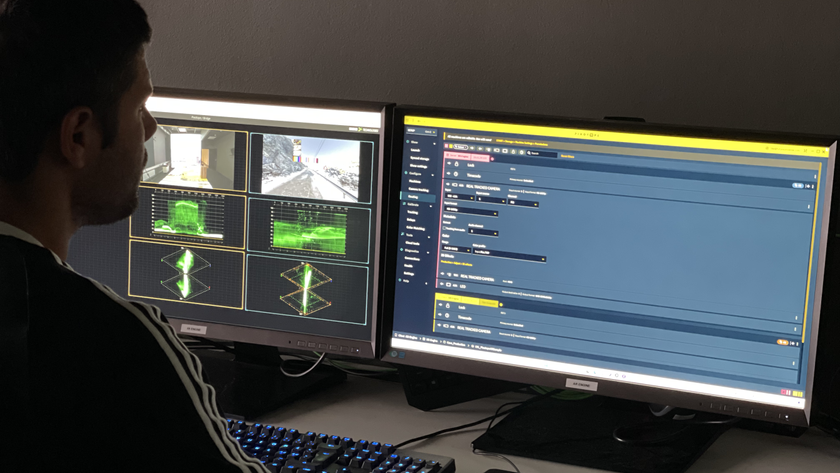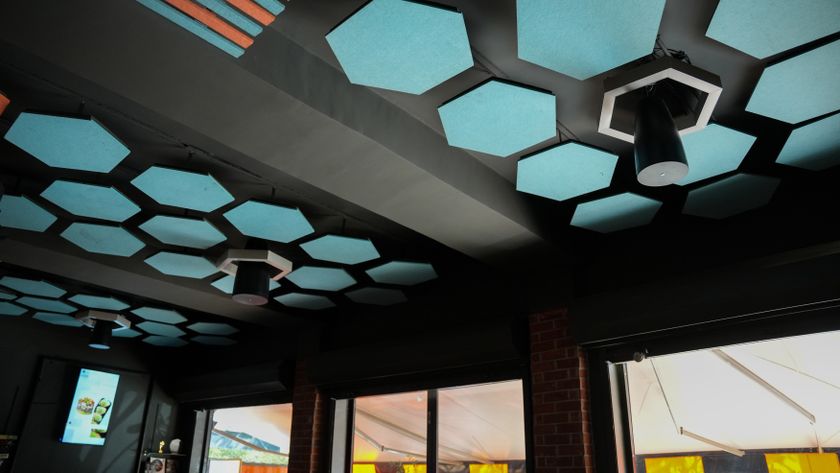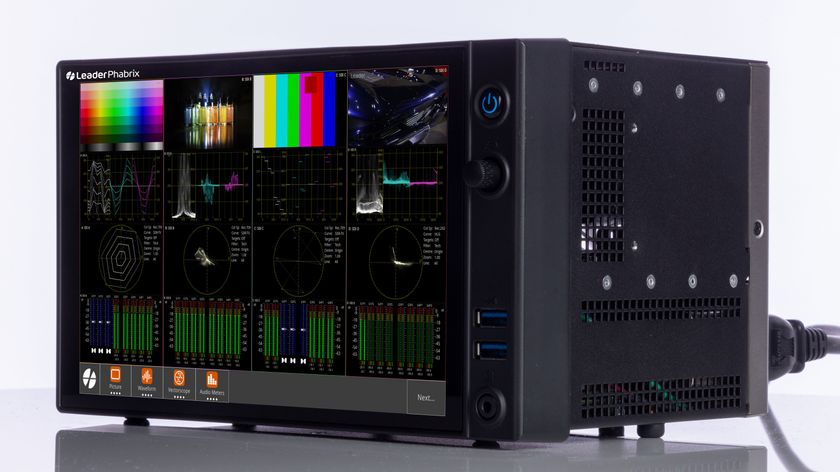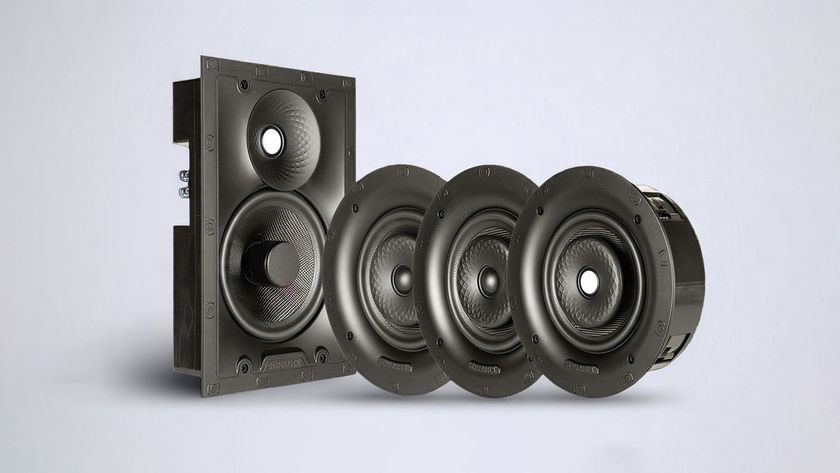- By David Keene
We reported last month that Digital signage for Restaurants is a huge topic. And with new legislation and contentious issues surrounding “fast food”, and the need to publish nutritional and calorie information on menu boards, big challenges and big opportunities are on the horizon. This news, from the big National School Nutrition Association SNA Exhibition in Dallas last month, but just released today, is interesting, especially with its reference to research at San Jose State University, who conducted a pilot study of a Point-of-Purchase (POP) program and its influence on the purchasing behaviors of a multi-ethnic college population shopping at an on-campus convenience store.
This is a topic to watch.
This is the news Item:
K-12 Digital Menu Boards with Nutritional Labeling - Simple and Effective way to fight Childhood Obesity
WOODLAND HILLS, CA, August 10, 2010 /24-7PressRelease/ --
Green Edge Systems, a leader in technology solutions for K-12 school food services presented the Epicure Digital K-12 Menu Board System with Nutritional Labeling at the ANC-2010 National School Nutrition Association SNA Exhibition in Dallas.
The Epicure Digital Menu Boards on display became a focal point of interest at the show. Two large LCD screens featured the many ways to present nutritional information, ranging from nutritional icons describing healthy heart items and food and nutritional groups, to detailing every menu item’s portion size, number of calories, grams of fat, cholesterol, sodium, etc.
Digital menu boards with nutritional menu labeling were identified as one of the simplest and most effective ways to fight Childhood Obesity, with immediate proven results. They communicate with students while in line in the cafeteria, just when they are selecting their food, at the point of service,. Digital menu boards are at the battlefront, ready to combat childhood obesity and educate students to make healthier food choices.
A study published in the August issue of the Journal of the American Dietetic Association shed light on behaviors regarding food choices and good nutrition and report on how nutritional labeling and point-of-purchase signs are influencing healthy food choices .
http://www.adajournal.org/article/S0002-8223%2810%2900522-5/abstract
Researchers from San Jose State University conducted a pilot study of a Point-of-Purchase (POP) program and its influence on the purchasing behaviors of a multi-ethnic college population shopping at an on-campus convenience store. This 11-week study collected baseline sales data for six weeks during the middle of the Fall 2008 semester. After students returned from Winter break, “Eat Smart” program materials featuring the “Fuel Your Life” logo were placed in the on-campus convenience store. Sales data were collected during the middle of the Spring 2009 semester for five weeks, ending just before students left for Spring break.
Healthful items in seven food categories (cereal, bread, soup, cracker, canned vegetable, granola/energy bar, and salad dressing) were tagged throughout the market. There was no difference in price between the tagged and untagged items. While no significant difference in sales of any particular food item was observed between baseline and intervention, overall sales of tagged items, as a percentage of total sales in the cereal, soup, and cracker categories, increased as a result of the intervention, while sales of tagged bread items decreased. Though not statistically significant, the intervention resulted in a 3.6% increase in the percentage of sales from tagged items.
“This research indicates that a simple logo helped students identify healthful food choices, and positively influenced food choice,” said researcher Marjorie R. Freedman. “It would be interesting to determine if a combination of point-of-purchase nutrition information, coupled with economic incentives (e.g., lower prices for healthier foods) would further drive consumers to choose these healthier food items. We must aggressively test such options in light of the increasing threat of obesity to the health of our society.”
Epicure Digital is leading the digital menu board market by uniquely integrating its expertise in software technology, restaurant operations and food service marketing to create digital signage solutions for the food service industry.
A digital menu board by Epicure Digital is much more then a digital version of a conventional menu board. Epicure Digital designs customized digital menu boards that solve their client’s complex menu engineering and point-of-sale marketing issues. By creatively combining information, motion, imagery and food photography, they produce visually compelling multimedia menus and promotions to help sell menu items and enhance the dining experience. Epicure Digital calls this “the cure for the menu bored™.
Epicure Digital menu boards can also be presented online in a school’s website, allowing parents to view in real time the food choices and advice that their kids get when making their daily food selection, and involve them in the educational and selection process.
Epicure Digital works with each school to develop a nutritional labeling program to best meet their student’s needs. Nutritional menu labeling by Epicure Digital informs students to make healthier meal choices by displaying nutritional data and icons next to menu items on multimedia digital menu boards designed for K-12 students.
Digital menu boards in K-12 are not only expected to lead the fight against childhood obesity, but also increase significantly the participation in school lunch and breakfast programs.
Epicure Digital pioneered the display of nutritional information on digital menu boards in 2003 for the U.S. Navy. Since then they have developed many ways to present nutritional information, ranging from nutritional icons describing healthy heart items and food and nutritional groups, to detailing every menu item’s portion size, number of calories, grams of fat, cholesterol, sodium, etc.
Epicure Digital clients include educational institutions, hospitals, independent and chain restaurants, contract food service companies, business & industry, and cinemas and casinos among others.










